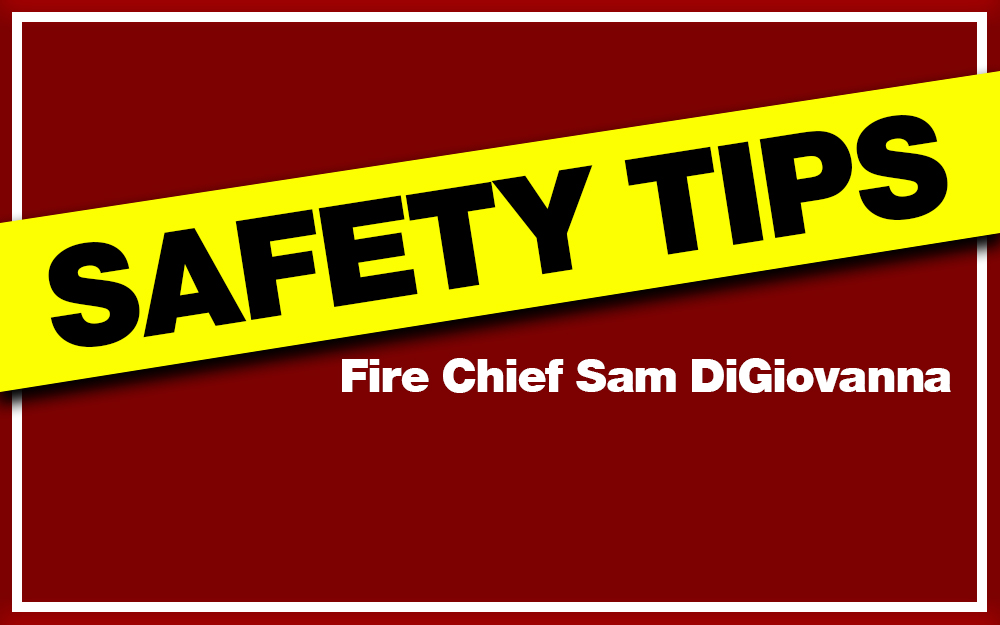
By Fire Chief Sam DiGiovanna
September is National Preparedness Month and we certainly have no shortage of disasters to plan for. Wildfires, earthquakes, flashfloods, active shooters you name it, we have them reminds Fire Chief Sam DiGiovanna.
This is a good time to highlight the resources available to help you and your loved ones stay as safe as possible. Disasters and emergencies can happen at any time, often without warning. Natural hazards threaten thousands of lives and cause billions of dollars in damage every year throughout the nation.
September is National Preparedness Month, a time to highlight the resources available to help you and your loved ones stay as safe as possible. This article features several science tools that are important for preparing for such events and helping guide decisions to minimize impacts.
Explore Your Hazards
- See past, current and forecasted hazards along the coasts.
- Get details on the latest geomagnetic disturbance event caused by solar activity.
- Gather info on current flooding and past incidents at the USGS flood website.
- Browse through statistics on water use in the United States.
- See the Fire Danger Forecast, which is a dynamic map updated daily (at the top right, click “view legend for selected layer[s]” to see what the colors mean).
- Current and past wildlife die-off information is available online—through an interactive map—to help inform disease prevention and mitigation strategies.
- An estimate of how long it would take for someone to travel by foot out of a tsunami-hazard zone can be calculated through the USGS Pedestrian Evacuation Analyst.
- See the latest earthquakes worldwide.
- Learn of potential ground-shaking hazards from both natural and human-induced earthquakes.
- If you live near a recent wildfire, see maps showing the potential for debris-flow activity.
Sign Up for Alerts
- Sign up for free notification emails about volcanic activity happening at U.S. volcanoes.
- See how high or low river levels are through USGS WaterWatch. Receive texts or emails when water levels in rivers and streams exceed certain thresholds through USGS WaterAlert. Or you can request data on-demand through USGS WaterNow.
- Sign up to receive earthquake notices through the USGS Earthquake Notification System.
Wildfire
The USGS provides tools and information before, during and after fire disasters to identify wildfire risks and reduce subsequent hazards. This includes delivery to fire managers of up-to-the minute maps and satellite imagery about current wildfire extent and behavior.
Earthquakes
Earthquake hazards are a national threat, with nearly half of Americans exposed to potentially damaging earthquakes. The USGS has created and provides information and tools to support earthquake loss reduction for the country. The USGS and its partners are also building a prototype Earthquake Early Warning System for the West Coast of the U.S. called ShakeAlert. The system could provide vital seconds to minutes of warning before the arrival of strong shaking.










































